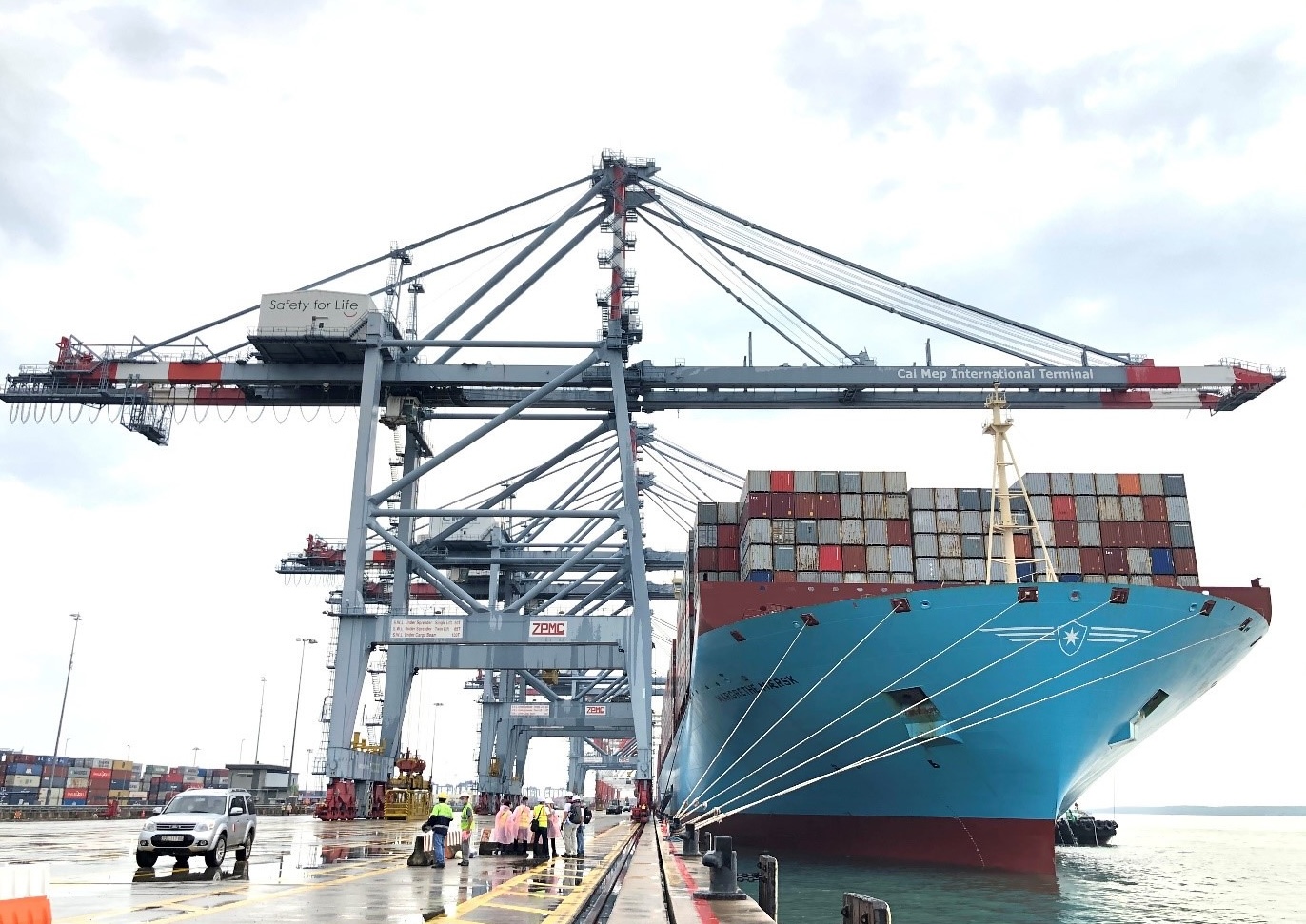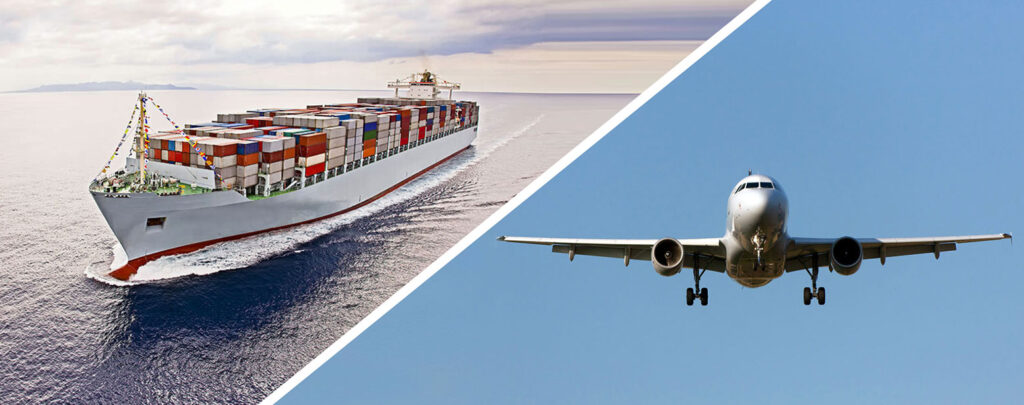Freight in China plays a crucial role in global trade, especially with the country’s vast manufacturing base and export power. Whether you’re shipping raw materials, finished goods, or machinery, understanding the costs, transit times, and various freight options available is essential. This comprehensive guide provides an overview of freight costs, shipping methods, and the key factors influencing international logistics from China to global destinations.
What Are the Different Freight Options in China?
China’s diverse transportation network allows businesses to choose from air, sea, rail, and road freight. The right option depends on the nature of your cargo, budget, and delivery timeline.

Air Freight
Air freight is ideal for high-value, time-sensitive, or lightweight cargo. However, it is expensive compared to other modes. Air freight is charged by weight or volume, whichever is higher.


Sea Freight
Sea freight is the most economical mode of transport for bulk shipments. It’s particularly useful for large or heavy goods like electronics, furniture, or automotive parts.
🟢Pros: Cost-effective, flexible, and ideal for large-volume shipments.
🟢Cons: Slow transit time (15-40 days), affected by weather, congestion.

Rail Freight
China has one of the largest rail networks in the world, offering a faster alternative to sea freight, particularly to destinations in Europe.
🟢Pros: Faster than sea freight, eco-friendly.
🟢Cons: Limited routes, higher cost than sea freight.

Road Freight
Road freight is primarily used for shorter distances within China, as well as cross-border shipments to nearby countries.
🟢Pros: Flexible, door-to-door delivery.
🟢Cons: Limited range, subject to road conditions and border crossing delays.
How Much Does Freight in China Cost?
Freight costs vary based on shipment size, destination, and mode. Below are typical costs for shipping goods from China to major international destinations.
| Shipping Method | Cost Estimate | Transit Time | Best For |
|---|---|---|---|
| Air Freight | $5 – $9 per kg | 3 – 7 days | High-value, time-sensitive goods |
| Sea Freight | $1,000 – $5,000 (20ft/40ft container) | 15 – 40 days | Bulk cargo, large shipments |
| Rail Freight | $2 – $6 per kg | 12 – 20 days | Medium shipments to Europe, Central Asia |
| Road Freight | $800 – $2,000 (within China) | 2 – 7 days (domestic) | Short distances, cross-border to neighboring countries |
What Factors Influence Freight Costs from China?
Shipping costs from China are impacted by several factors:
- Distance: Longer distances generally result in higher shipping costs.
- Cargo Volume & Weight: Large and heavy items incur higher fees.
- Shipping Method: Air freight is fast but expensive, while sea freight is cheaper but slower.
- Fuel Prices: Fluctuations in fuel prices impact air, sea, and road freight costs.
- Seasonality: Costs increase during peak periods like Chinese New Year or Black Friday.
- Customs & Duties: Import duties and taxes in the destination country also add to the total cost.
Add Your Heading Text Here
Transit times can vary significantly depending on the shipping method and destination. Below is a general breakdown:
| Route Example | Air Freight | Sea Freight | Rail Freight | Road Freight |
|---|---|---|---|---|
| Shanghai → Los Angeles | 3 – 6 days | 15 – 25 days | N/A | 12 – 16 days |
| Shenzhen → Rotterdam | 6 – 8 days | 25 – 35 days | 10 – 15 days | N/A |
| Guangzhou → Hamburg | 4 – 6 days | 28 – 35 days | 15 – 20 days | N/A |

What Documents Are Required for Shipping Freight from China?
For smooth customs clearance and successful delivery, you’ll need various documents:
| Document | Purpose |
|---|---|
| Commercial Invoice | Declares goods, their value, and country of origin. |
| Packing List | Details contents of each package, weight, dimensions. |
| Bill of Lading/Air Waybill | Proof of shipment and receipt by carrier. |
| Certificate of Origin | Required to qualify for reduced tariffs under trade agreements. |
| Import Declaration | Necessary for customs clearance in the destination country. |
Real Cases
Case 1: Shenzhen → Hamburg (Sea Freight)
- Cargo: 40ft container of electronics (25 tons)
- Mode: Sea freight (FCL)
- Cost: $3,200
- Transit Time: 28 days
- Result: The client saved ~40% compared to air freight, though delivery took longer.
Case 2: Shanghai → Los Angeles (Air Freight)
- Cargo: 500 kg of apparel samples
- Mode: Air freight (Emirates Cargo)
- Cost: $3,800
- Transit Time: 5 days
- Result: Higher cost per unit but allowed the brand to meet retail launch deadlines.
How Do Sea Freight and Air Freight Compare?
| Mode | Cost | Transit Time | Best For |
|---|---|---|---|
| Sea Freight | $1,000 – $5,000 per container | 15 – 40 days | Bulk cargo, large shipments |
| Air Freight | $5 – $9 per kg | 3 – 7 days | High-value, urgent shipments |
- Sea Freight: Ideal for large quantities or heavy items, but slower.
- Air Freight: Faster but significantly more expensive for large shipments.

How to Reduce Freight Costs from China?
Businesses can save on freight costs through strategic planning and optimization:
- Consolidate Shipments: Use full container loads (FCL) instead of less-than-container loads (LCL).
- Negotiate Rates: Work with freight forwarders for better discounts and contracts.
- Plan Shipments in Advance: Book before peak seasons to avoid surcharges.
- Optimize Packaging: Reduce volume by using compact packaging, especially for air freight.
- Choose Alternative Routes: Consider other ports or shipping methods with better rates.
Can Freight Forwarders Help Save on Costs?
Yes, working with freight forwarders can help save significantly:
- They consolidate shipments to fill containers and lower per-unit costs.
- Track shipments for better supply chain management and fewer delays.
- Handle customs clearance and paperwork, avoiding fines and delays.
- Negotiate better shipping rates based on volumes and frequency.
Conclusion
In conclusion, the cost of shipping container from China to Europe depends on various factors such as container size, freight method, destination, and the season. Businesses can choose between air, sea, or rail freight depending on their specific needs. By optimizing shipments, working with reliable freight forwarders, and staying ahead of customs requirements, importers can minimize costs and ensure smooth deliveries.
- Consult TJ China Freight Forwarding for the lowest quote. They will provide you with reliable, cost-effective service.
FAQs
Q1.How much does it cost to ship a container from China to Europe?
A 20ft container typically costs $1,000–$3,000 by sea freight, depending on the port, season, and shipping method.
Q2.What is the cheapest way to ship freight from China?
Sea freight is the cheapest for large shipments, offering the best rates per unit for bulk goods.
Q3.How long does it take to ship by sea from China to Europe?
Sea freight takes 15–40 days, depending on the port and specific route selected.
Q4.Is air freight faster than sea freight?
Yes, air freight usually takes 3–7 days, much faster than sea freight, but is more expensive.
Q5.Do I need to arrange my own customs clearance for shipments from China?
If you choose DDP (Delivered Duty Paid) or work with a freight forwarder, they will handle customs clearance for you.

